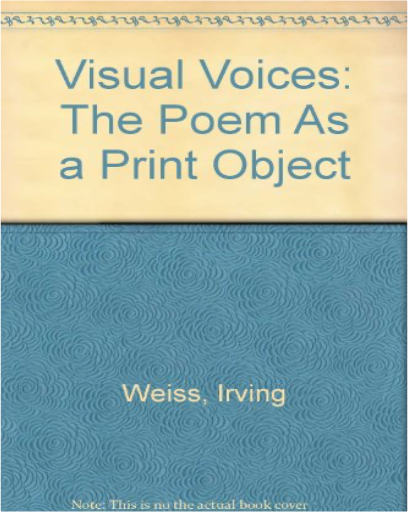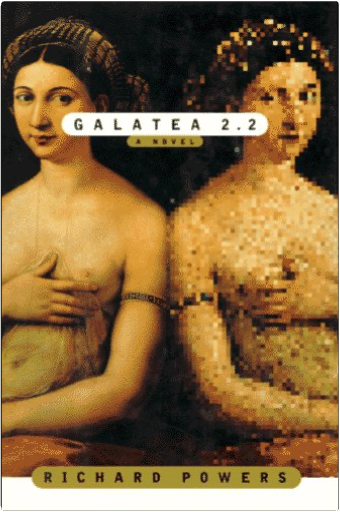 Galatea 2.2/a NovelRichard Powers Galatea 2.2/a NovelRichard Powers Richard Powers, a Humanist-in-Residence at the Center for Advanced Scientific Research, gets involved with a project to train a machine to pass a comprehensive exam in English literature—and with the degree candidate against whom the machine is competing. 25,000 first printing. 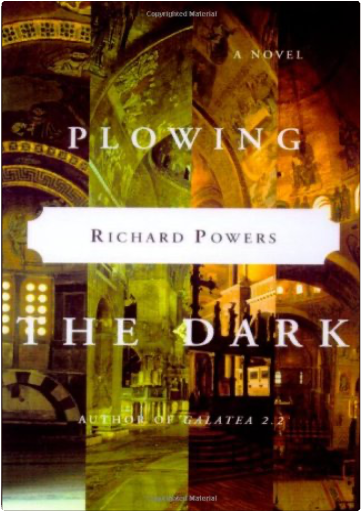 Plowing the Dark: A NovelRichard Powers Plowing the Dark: A NovelRichard Powers A dazzling new novel by the author of Galatea 2.2 and Gain 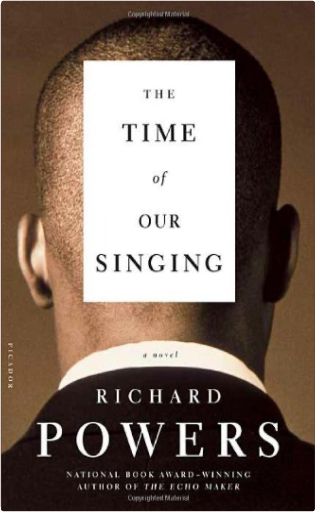 The Time of Our SingingRichard Powers The Time of Our SingingRichard Powers A magnificent, multifaceted novel about a supremely gifted — and divided — family, set against the backdrop of postwar America 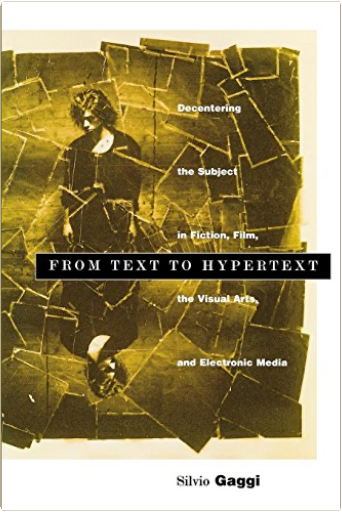 From Text to Hypertext: Decentering the Subject in Fiction, Film, the Visual Arts, and Electronic MediaSilvio Gaggi From Text to Hypertext: Decentering the Subject in Fiction, Film, the Visual Arts, and Electronic MediaSilvio Gaggi It is a tenet of postmodern writing that the subject—the self—is unstable, fragmented, and decentered. One useful way to examine this principle is to look at how the subject has been treated in various media in the premodern, modern, and postmodern eras. Silvio Gaggi pursues this strategy in From Text to Hypertext, analyzing the issue of subject construction and deconstruction in selected examples of visual art, literature, film, and electronic media. Gaggi concentrates on a few paradigmatic works in each chapter; he contrasts van Eyck's Wedding of Arnolfini with the photography of Cindy Sherman and Barbara Kruger; examines fiction that centers on an elusive subject in works by Conrad, Faulkner, and Calvino; and explores the ability of such films as Coppola's One from the Heart and Altman's The Player to emancipate the subject through cinematography and editing. 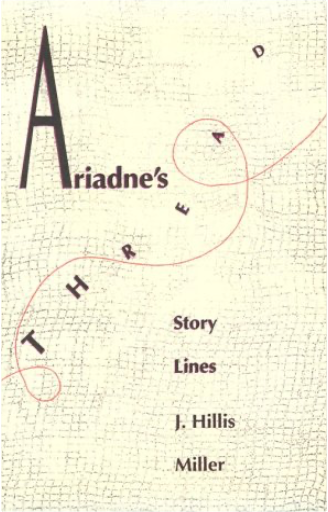 Ariadne's Thread: Story LinesJ. Hillis Miller Ariadne's Thread: Story LinesJ. Hillis Miller "What line should the critic follow in explicating, unfolding, or unknotting . . . passages? How should the critic thread her or his way into the labyrinthine problems of narrative form?—from chapter I In this brilliant and engaging book, one of America's leading literary critics explores the intricacies of narrative theory. Using the image of Ariadne's thread, which was given to Theseus to carry into the labyrinth so that he could find his way out, J. Hillis Miller traces out the "line" so often associated with narrative and writing in general. In the process he illuminates the nature of literature as well as the nature of narrative. Considering a wide range of texts from Western literature over the last two centuries—in particular Meredith's The Egoist, Goethe's Elective Affinities, and Borges's "Death and the Compass"—Miller explores the way rhetorical devices and figurative language interrupt, break into, delay, and expand storytelling. He also illustrates these rhetorical disruptions of narrative logic in his own work. In its four chapters—about the role of line, character, interpersonal relationships, and figurative language in narrative—Miller's study encounters in its own language the problems it discusses, as concepts and words are scrutinized for their diverse meanings and resonances. Demonstrating that every narrative, including this one about the nature of narrative, has divergent lines and multiple motives and uses, Ariadne's Thread tells its story and enacts its subject at the same time. 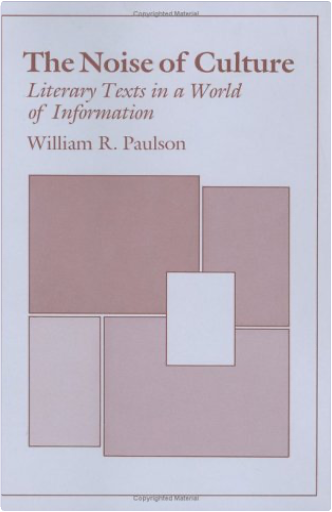 The Noise of Culture: Literary Texts in a World of InformationWilliam Paulson The Noise of Culture: Literary Texts in a World of InformationWilliam Paulson PAULSON, W. R.: THE NOISE OF CULTURE. LITERARY TEXTS IN A WORLD OF INFORMATION. ITHACA, NY, 1988, xii 196 p. Encuadernacion original. Nuevo. 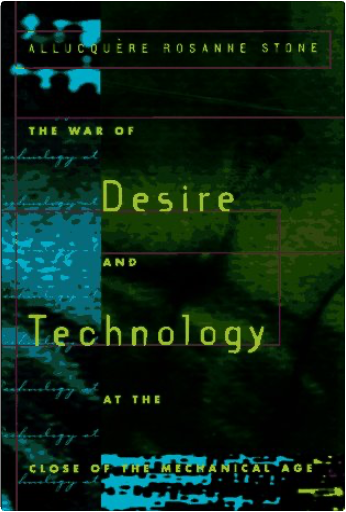 The War of Desire and Technology at the Close of the Mechanical AgeAllucquèreRosanne Stone The War of Desire and Technology at the Close of the Mechanical AgeAllucquèreRosanne Stone In this work, Allucquere Rosanne Stone examines the myriad ways modern technology is challenging traditional notions of gender identity. Face-to-face meetings, and even telephone conversations, involuntarily reveal crucial aspects of identity such as gender, age and race. However, these bits of identity are completely masked by computer-mediated communications; all that is revealed is what we "choose" to reveal - and then only if we choose to tell the truth. The rise of computer-mediated communications is giving people the means to try on alternative personae - in a sense, to reinvent themeselves - which, as Stone compellingly argues, has both positive and potentially destructive implications. The book moves between accounts of the modern interface of technology and desire: from busy cyberlabs to the electronic solitude of the Internet, from phone sex to "virtual cross-dressers", from the Vampire Lestat to the trial of a man accused of having raped a woman by seducing one of her multiple personalities. Throughout, Stone wrestles with the question of how best to convey a complex description of a culture whose chief activity is complex description. Writing of creating a "text that breaks rules", serving as a "sampler of possible choices", she employs elements from a wide range of disciplines and genres, including cultural and critical theory, social sciences, pulp journalism, science fiction, and personal memoirs. In the final chapter, Stone threads the various narratives together, a process that best reflects the confused, ambiguous and sometimes contradictory state of gender relations at the close of the mechanical age. 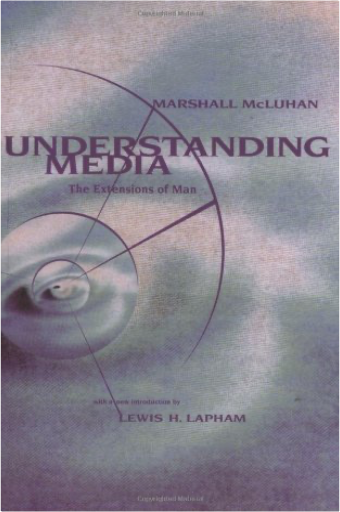 Understanding Media: The Extensions of ManMarshall McLuhan, Lewis H. Lapham Understanding Media: The Extensions of ManMarshall McLuhan, Lewis H. Lapham This reissue of Understanding Media marks the thirtieth anniversary (1964-1994) of Marshall McLuhan's classic expose on the state of the then emerging phenomenon of mass media. Terms and phrases such as "the global village" and "the medium is the message" are now part of the lexicon, and McLuhan's theories continue to challenge our sensibilities and our assumptions about how and what we communicate. 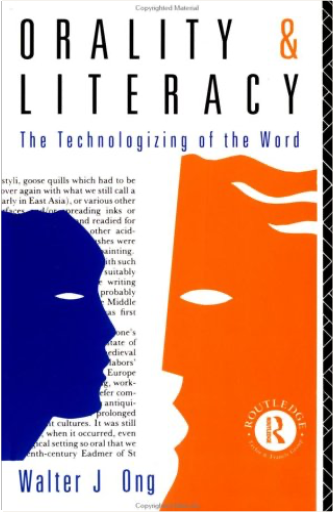 Orality and LiteracyWalter J. Ong Orality and LiteracyWalter J. Ong 'Professor Ong has managed to synthesize an incredible amount of thought and at the same time has carried some of his earlier ideas still further. Orality and Literacy should become a classic. It is eminently assignable for undergraduate courses' - Professor John Ahern 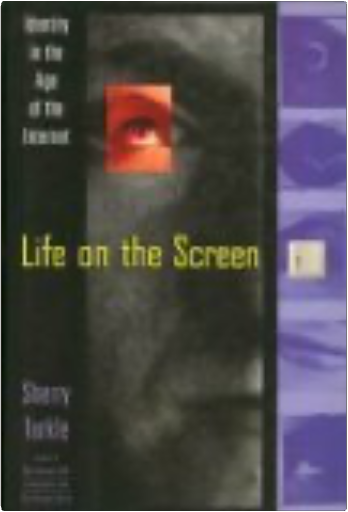 Life on the ScreenSherry Turkle Life on the ScreenSherry Turkle Life on the Screenis a book not about computers, but about people and how computers are causing us to reevaluate our identities in the age of the Internet. We are using life on the screen to engage in new ways of thinking about evolution, relationships, politics, sex, and the self. Life on the Screen traces a set of boundary negotiations, telling the story of the changing impact of the computer on our psychological lives and our evolving ideas about minds, bodies, and machines. What is emerging, Turkle says, is a new sense of identity— as decentered and multiple. She describes trends in computer design, in artificial intelligence, and in people's experiences of virtual environments that confirm a dramatic shift in our notions of self, other, machine, and world. The computer emerges as an object that brings postmodernism down to earth. 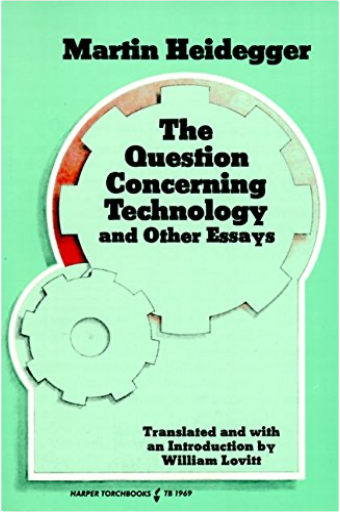 Question Concerning Technology, and Other Essays, TheMartin Heidegger Question Concerning Technology, and Other Essays, TheMartin Heidegger "To read Heidegger is to set out on an adventure. The essays in this volume—intriguing, challenging, and often baffling to the reader—call him always to abandon all superficial scanning and to enter wholeheartedly into the serious pursuit of thinking.... |
 Made with Delicious Library
Made with Delicious LibraryDenver, CO zipflap congrotus delicious library Tolva, John

